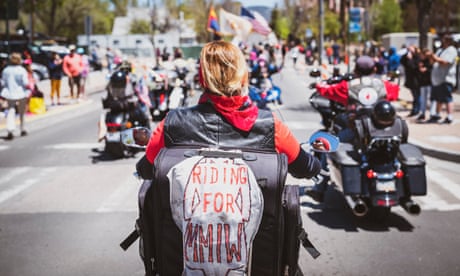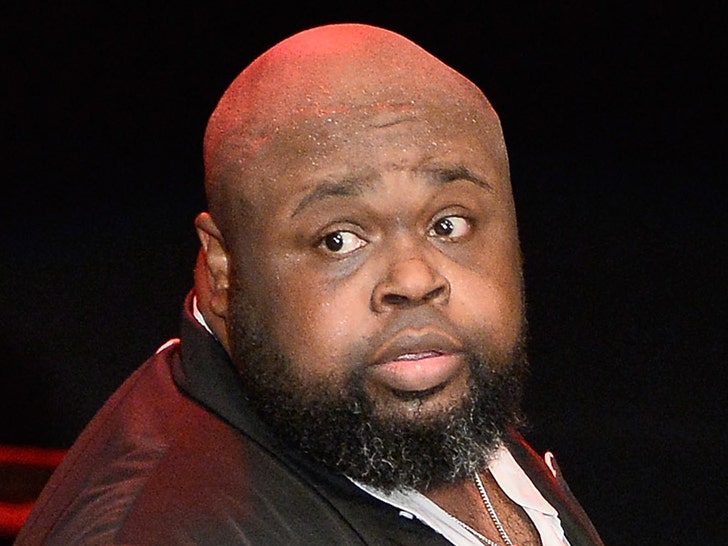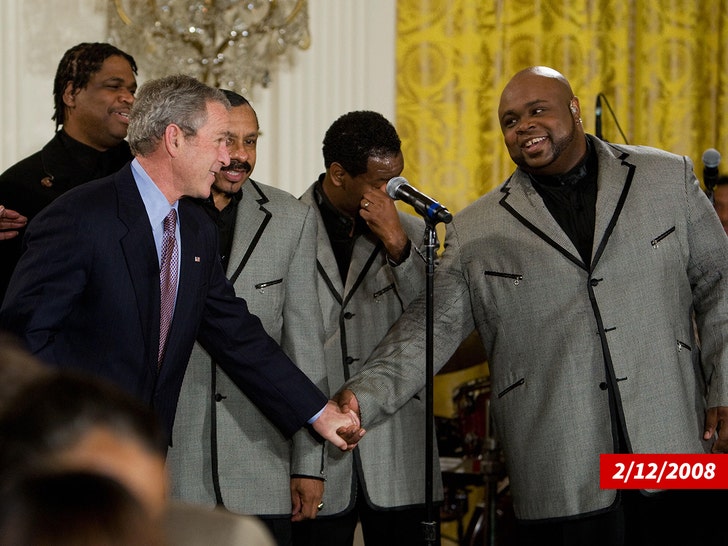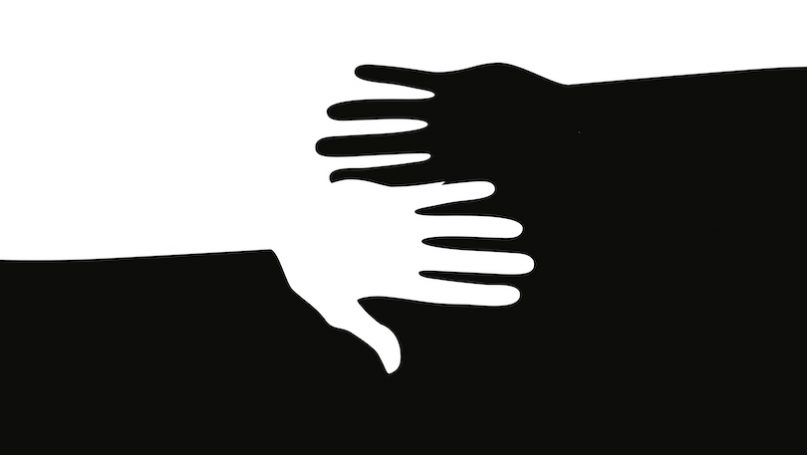Indigenous women are preyed on at horrifying rates. I was one of them
Twenty-seven years ago I almost ended up a grim statistic, like so many Indigenous women and girls. It’s still happening

Iwas a missing Indigenous girl who beat the odds. Now I’m a journalist and I won’t shut up about a genocidal crisis happening in Canada.
I spent my childhood in and out of foster homes. It was a cold and lonely system.
At age 12 I ran away from a group home with two other girls. It was freedom, or so I thought. I don’t even remember exactly how many days I was missing for. Each day blurred into the next.
At one point two men in their late 20s held me hostage at a downtown apartment in Edmonton, Alberta, where they raped me several times.
After fighting for my life for several days, I escaped and fled to the safety of my Kohkum’s (grandmother in the Cree language) home.
I didn’t tell her of the horrors I experienced. I was in shock. I just wanted to appreciate being with her, feeling loved and safe until I had to return to the woes of the system.
I felt so guilty. I thought what happened to me was my fault because I ran away. I did tell a group home worker I was raped, but nothing was ever done.
That was 27 years ago. I could’ve ended up a grim statistic.
In Canada, Indigenous women and girls are targeted for violence more than any other group. They are 12 times more likely to go missing or be killed.
Every time I read a headline about Missing or Murdered Indigenous Women and Girls (MMIWG) I’m reminded of what could’ve been. I could’ve been them, and they could’ve been me.
As a survivor I feel obligated to help alleviate some of the agony experienced by the families of MMIWG, other survivors and potential victims of this genocide.
This crisis has been going on for decades, according to government and police records. If we’re honest, however, it’s been happening since 1492.
White male colonizers raped Native women at epidemic rates and justified their actions because Indigenous peoples were labelled savages and less than human.
The UN high commissioner for human rights has recognized that the basic inequalities that exist between Indigenous peoples and the rest of Canada are a glaring reminder of the Canadian state’s failure to overcome systemic racism, the intergenerational trauma of colonialism and the inadequate provision of specialized services and programs for each community.
Missing Indigenous females are often discriminated against by authorities and labelled “just an Indian, out partying, on a drunk, or a runaway”.
Most are or have spent time in the foster care system, like me. Many are forgotten and left for dead.
Last month, the Royal Canadian Mounted Police (RCMP) refused to issue an amber alert for 14-year-old Molly Martin, a First Nations girl who disappeared in the company of a 47-year-old man. Her former foster father Darcy Doyle, a white, non-Indigenous man with an extensive criminal record, brought her to a wooded area near Cape Breton, Nova Scotia.
Local First Nations leaders pleaded for government authorities to issue an amber alert, arguing that Martin’s life was in imminent danger. Apparently police didn’t believe she was in enough danger to issue an amber alert. I believe it’s because she’s Indigenous.
Her community, the We’koma’q First Nation, offered a $5,000 reward for her safe return. They searched day and night for her.
Martin was found safe on 22 August and surely has a painful healing journey ahead.
Martin’s situation made me think of Tina Fontaine, 15, who was murdered and dumped in the Red River in Winnipeg in 2014. She was Cree, and also a lost child in the system. Her death sparked outcries from across Canada for the issue of MMIWG to be addressed.
Last year I visited Fontaine’s grandmother’s home, north of Winnipeg, where Fontaine once lived. Being there, learning first-hand about her, seeing her childlike face framed on the walls, sent chills up my spine and broke my heart. She reminded me of myself at that age.
Her accused killer, who was 57 at the time, was found not guilty and walked away a free man. He is white.
A national inquiry into MMIWG first named this crisis a genocide in 2019. In June 2019, Justin Trudeau stood solemnly in front of a few hundred survivors and families at the release of the final report of the inquiry. The prime minister promised to do whatever it took to dismantle the violence ravaging our women and girls.
An action plan was due in June 2020. The government has postponed it, citing Covid-19. We’re still waiting.
Outsiders often have a utopian view of Canada as a strong and free nation that upholds human rights. In reality, the federal government has continually stalled investment in resources to address the genocide of MMIWG and other oppression experienced by Indigenous Peoples. Yet Trudeau easily found billions of dollars to secure a pipeline expansion project.
Ironically, industry projects like pipelines are part of the problem. They bring camps of outside workers, mainly non-Indigenous men, to Indigenous areas. These man camps contribute to the crisis of violence against Indigenous women and girls.
Our women continue to disappear and die. There have been approximately 4,000 or more Indigenous murdered or missing women and girls in the last 30 years. That works out to about 133 a year, or three a week.
If white women were being stolen at this rate there would be worldwide outrage.
I’m a strong, proud Indigenous woman and I was more than a runaway or a lost cause. A generation of women like me are still fighting for our lives. We are resilient, worthy and intelligent; and we deserve to live, to dream and to thrive.
Against countless odds my dreams of becoming a successful journalist came to pass. What about all the dreams that have died with our stolen sisters? Who would they have become?
Brandi Morin is a journalist based in Treaty 6 territory, Alberta, Canada






